FISHING &
SELF-CATERING
HOLIDAYS
FISHING & SELF-CATERING HOLIDAYS
IN A NATURALLY BEAUTIFUL, PEACEFUL SETTING
HOLIDAYS

Nine Oaks is a small self-catering holiday centre suitable for a great family holiday, with or without fishing.
FISHING
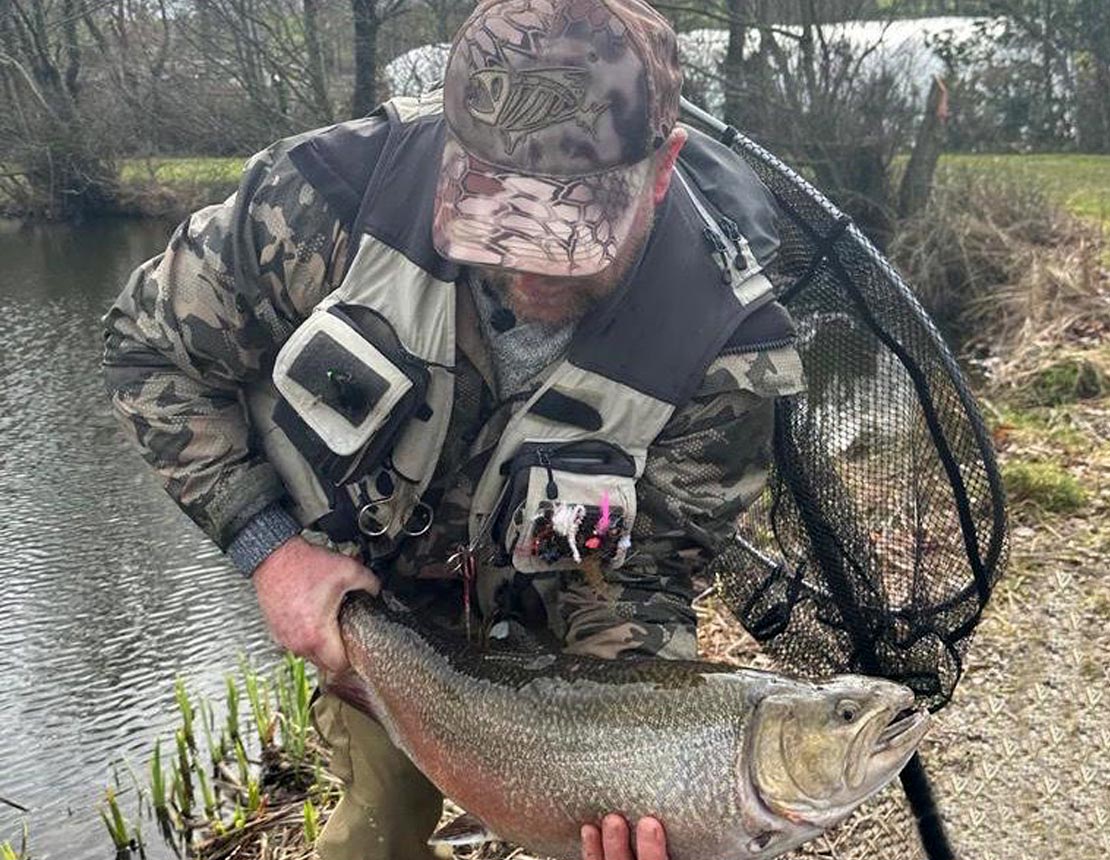
With 6 easily accessible lakes, Nine Oaks has both Trout and Coarse fishing available.
TACKLE SHOP

The Fishing Tackle Shop stocks your Coarse or Trout Gear and Fishing Equipment including Flies, Rods and bait.
HOLIDAY HOMES
OUR ACCOMMODATION

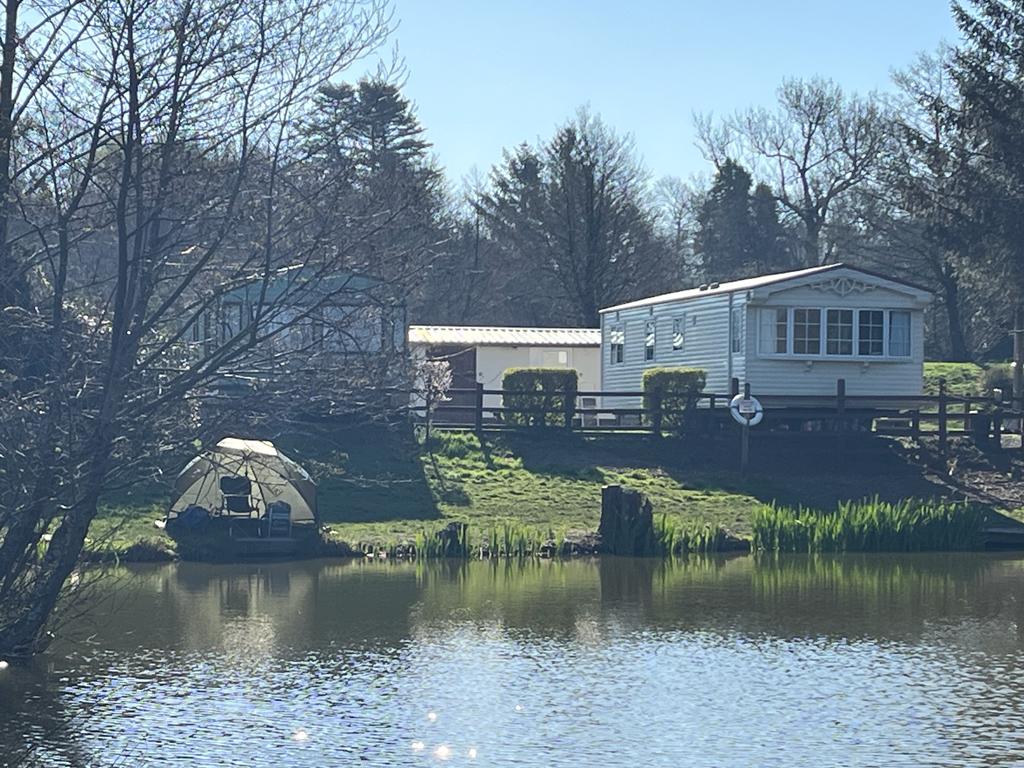


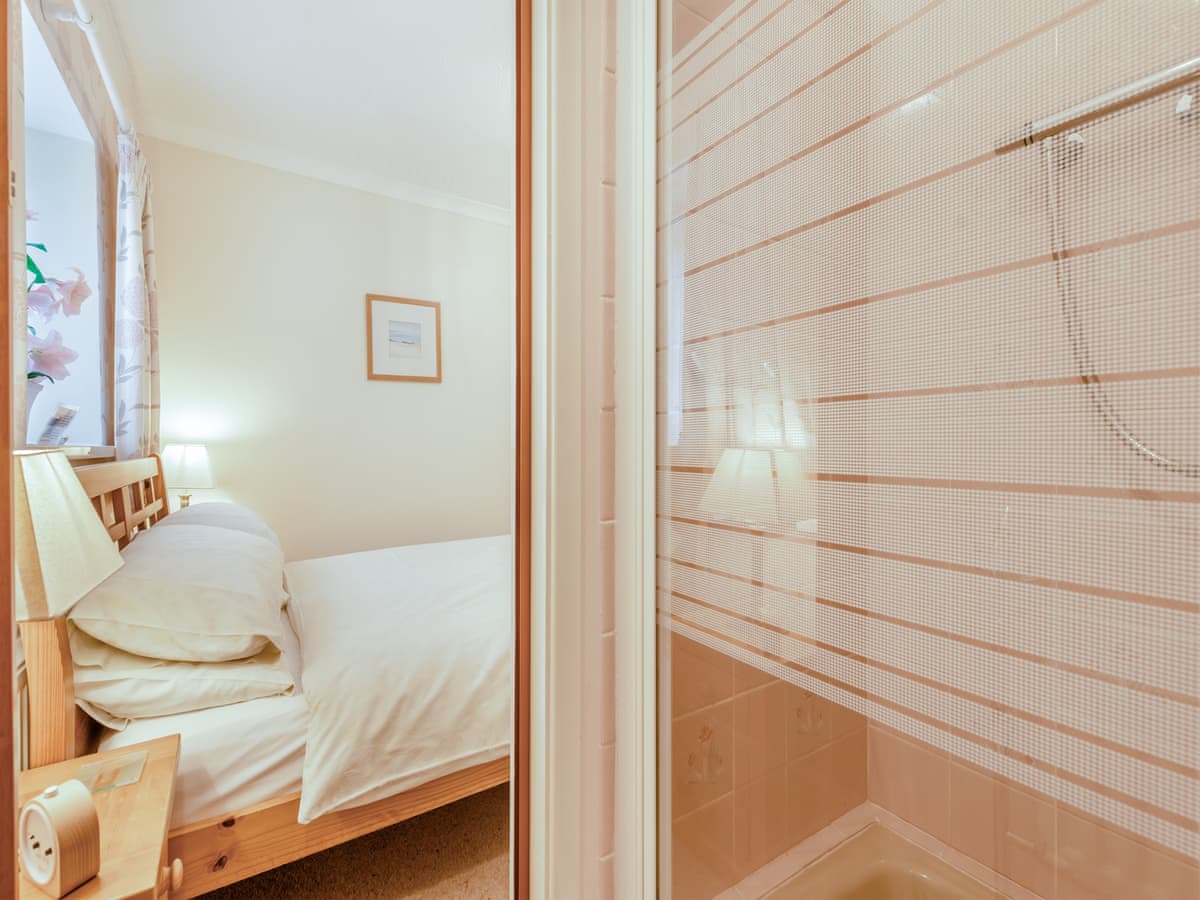
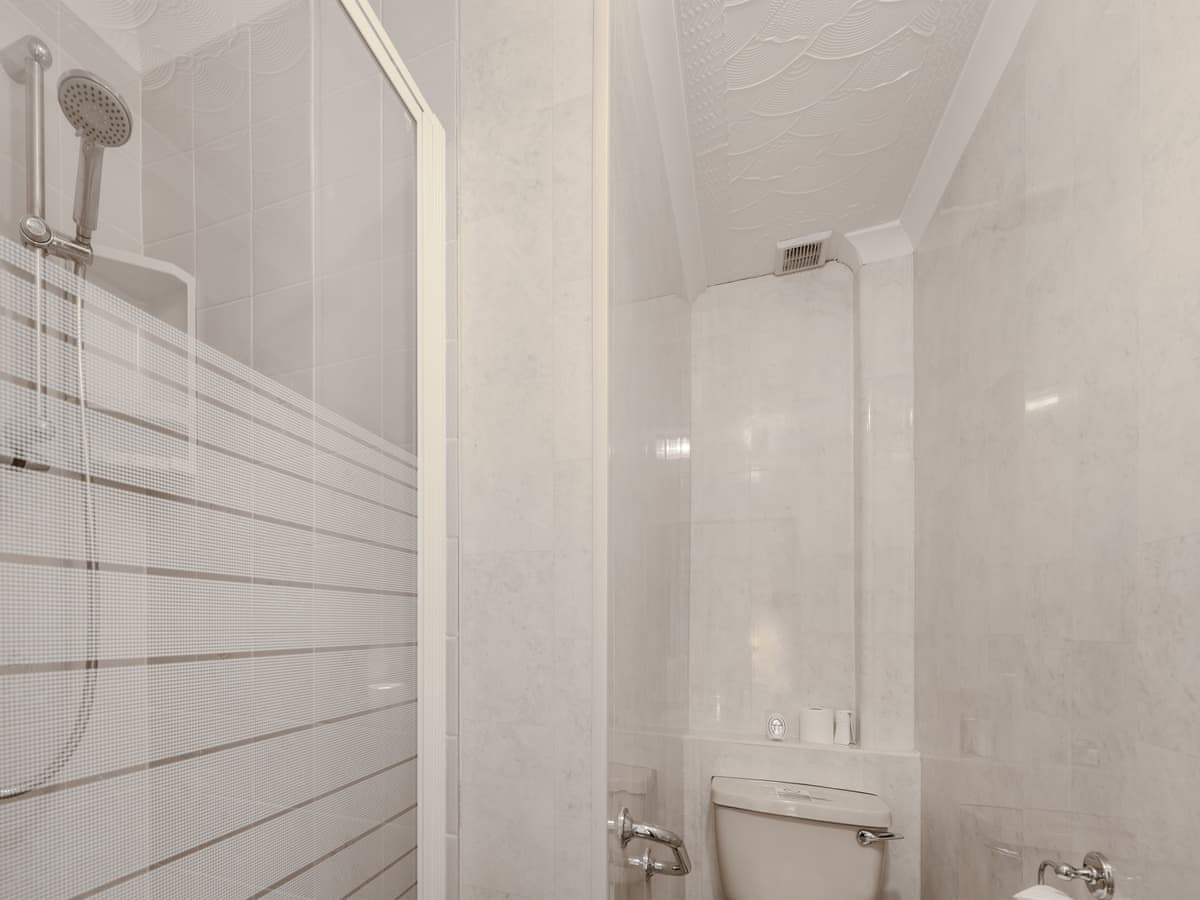


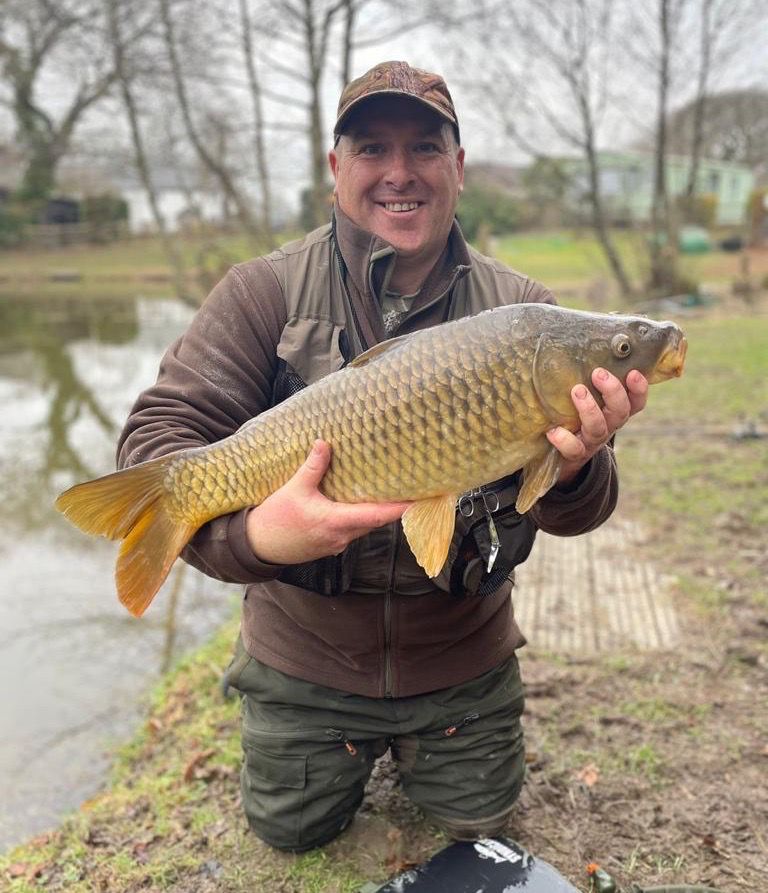
COARSE, CARP & TROUT
FISHING
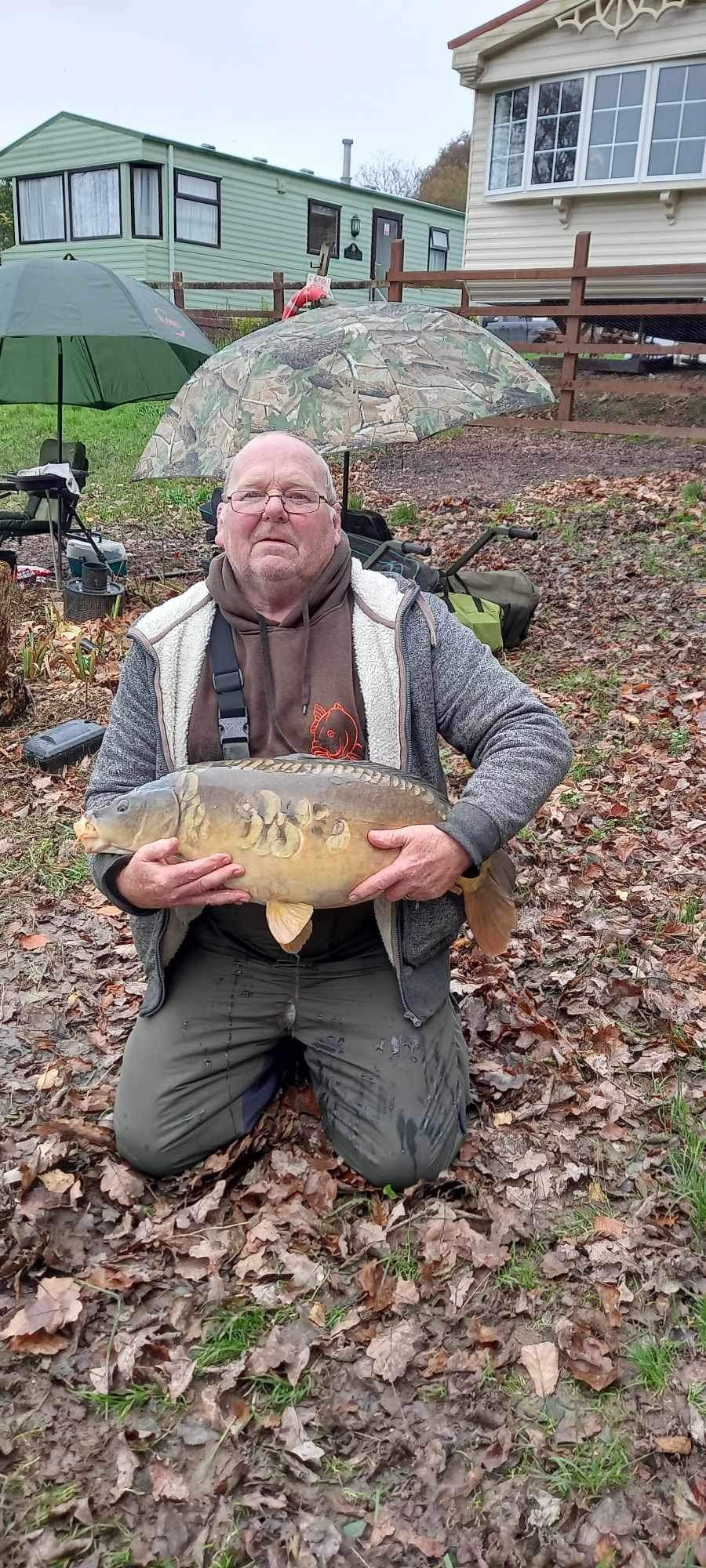
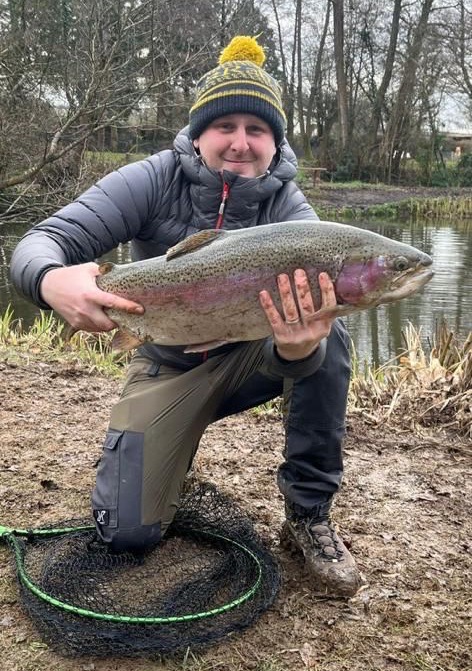
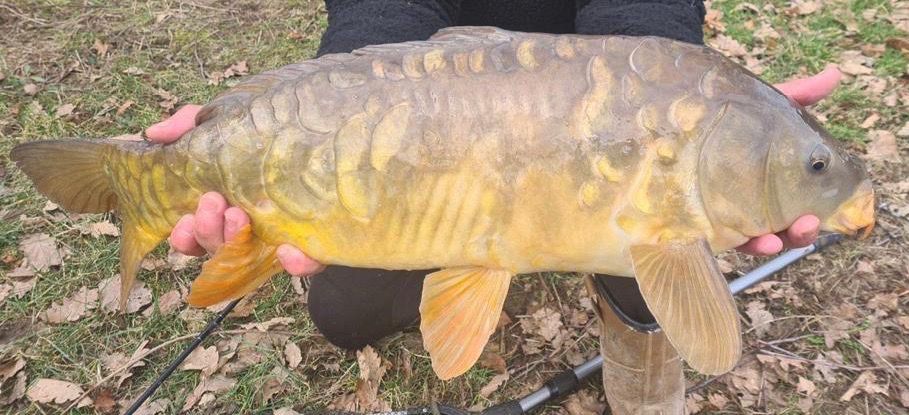
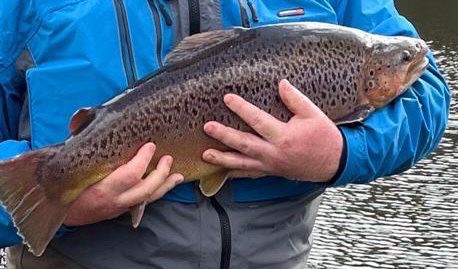
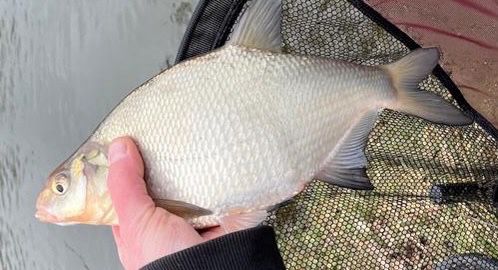
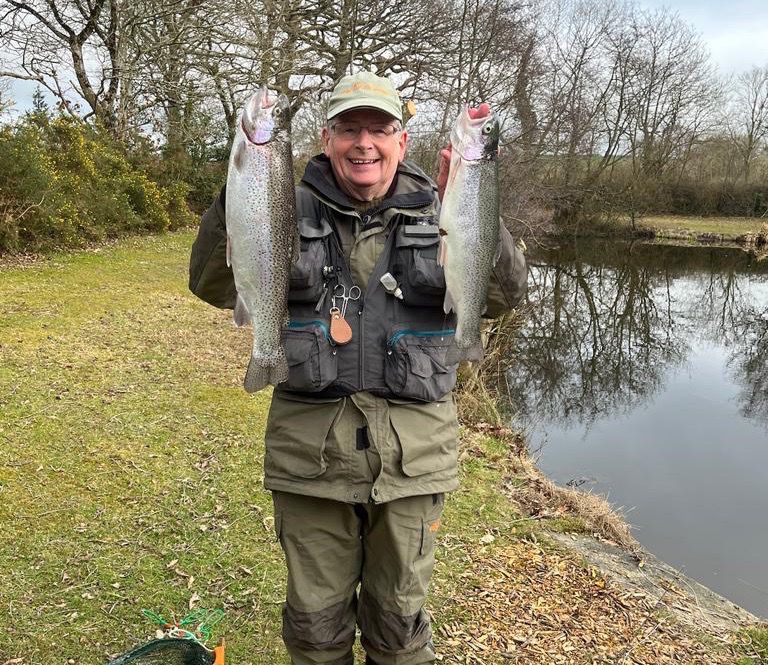
BOOK NOW
Ready FOR A RELAXING FISHING BREAK?
Week, weekend or mid-week breaks are available with a choice of either a 1-bedroom cottage annexe, a 2 bedroom bungalow or 2 bedroom static caravan accommodation, all to fit any budget.
